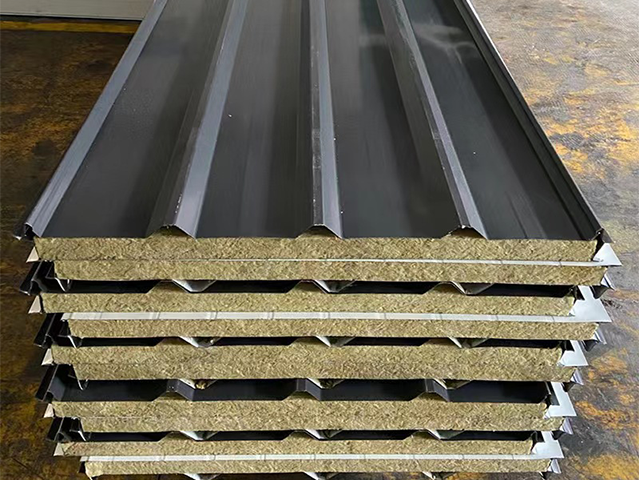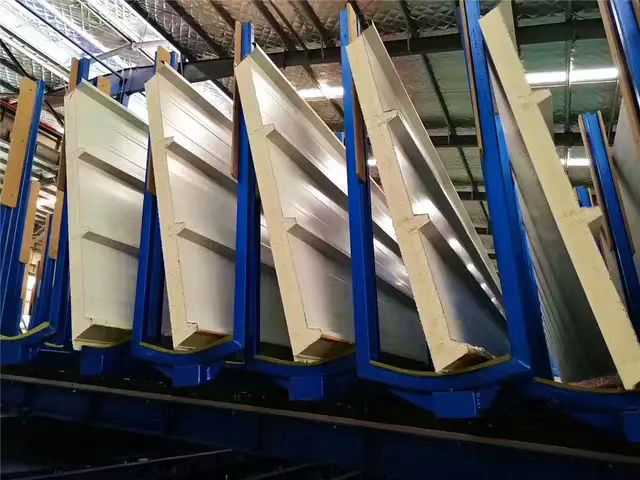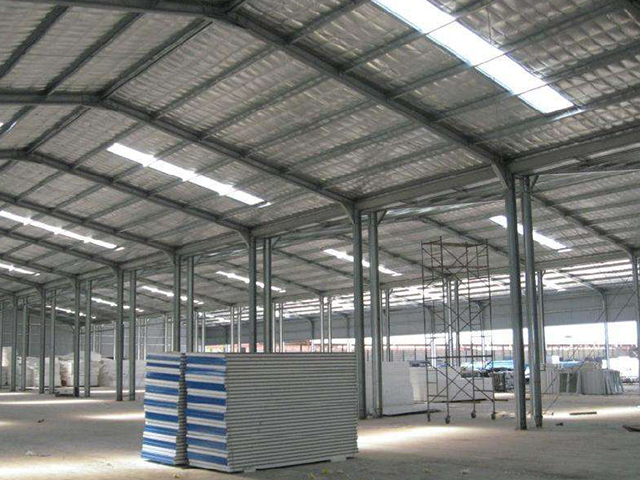An Overview of Developments Focused on the Sustainability of Employment within Construction
The global community as a whole has now been impacted by green innovations and societal crises. The invention of new materials, particularly sandwich panels that provides remarkable the abilities to insulate, soundproof, and retain strength, represents great progress. Within this article, I analyze the greatest challenges of popular construction materials ceramic tiles, covering misconceptions and misconsteptions.
Sandwich Panels Compared to Other Construction Materials- Are They the Most Efficient?
The growing significance of eco-friendly solutions is highly overwhelming to both public and private sectors. In eco-friendly construction, other construction materials are less energy efficient as their core does not permit heat exchange for energy nonrenewable resources. However, the core does provide an excellent barrier to heat exchange, assisting in the effortless construction of energy efficient buildings. The latter lightly reduces expenditures on non-renewable energy resources and greenhouse gases.
Sandwich panels have extreme weather makes them universally applicable in different regions thus improving their construction versatility. The most important is that the structure of sandwich panels simplifies their transport and installation. The efficiency in construction also improved productivity, reduced costs of labor, and shortened time.
Uses of Sandwich Pairs
The unparalleled qualities of sandwich panels have not gone unnoticed in the construction industry. These components try to achieve artistic beauty while serving functional purposes and are now being used even in vertical residential buildings. The panels are constructed to fulfill the set structural requirements and at the same time provide modern smooth surfaces that can be shaped and designed into myriad forms.
Besides the traditional applications, these panels are nowadays more frequently used for the erection of temporary structures such as event sheds or shelters for use in case of disasters. In such circumstances, rapid assembly is crucial, and the panels work wonders in such situations.
Environmental Impact and Sustainability
This change in the industry’s reputation, unsupported bewailing ditching unsustainable business models — in this case, sandwich panels — does good for the industry. For the construction industry, emissions and energy consumption when crafting sandwich panels is within control. A multitude of manufacturers nowadays strive to include more eco-friendly sourced materials and adopt less harmful ways of production.
Also, these infrastructures capture the dependency on fossil fuels with respect to climate change quite well. These additional buildings with sandwich panels added are even more energy efficient, which enhances their eco-sustainability further. With most businesses and especially consumers who care about eco-friendly policies emerging, the eco-sustainability of sandwich panels is strengthened. Undoubtedly, these structures will aid in combating climate change. Also, under strict policies regarding energy efficiency and emission limits, sandwich panels will most probably become the material of choice in countless construction projects globally.
Assessment of Emerging Markets and Growth Opportunities for the Sector
The forecast for the use eco-friendly green construction is coupled with modern-designed sandwich panels and is highly optimistic. It is safe to say that with more technological advancement, the sandwich panels along with the rest of their accessories designed for their production will get sustainablility focused renewals will perform much better. An example would be incorporating features into the construction, like sensors that monitor energy consumption and other environmental parameters which has the potential to transform window and door design and functionality completely.
Cementing policies on circular economies will provide new opportunities for innovation on sandwich panels. Manufacturers will reclaim sandwich panel materials which, in turn, closes the life cycle and waste mitigation. This advancement in the circular economy will shift the trends and broaden the construction industry while, at the same time, positively improving the industry’s ecological footprint.
As noted, self-resourceful sandwich panels remain one of the most innovative construction materials. They are second-to-none as the only expendable resource in construction and architecture, with unrivaled eco-protective functions, along with flexibility in space in which builders and architects are able to “green” the structures they erect. Further development in technology in the region will integrate the construction ecosystem and capitalize on the great sustainable ecological and consumer opportunities these panels offer.






